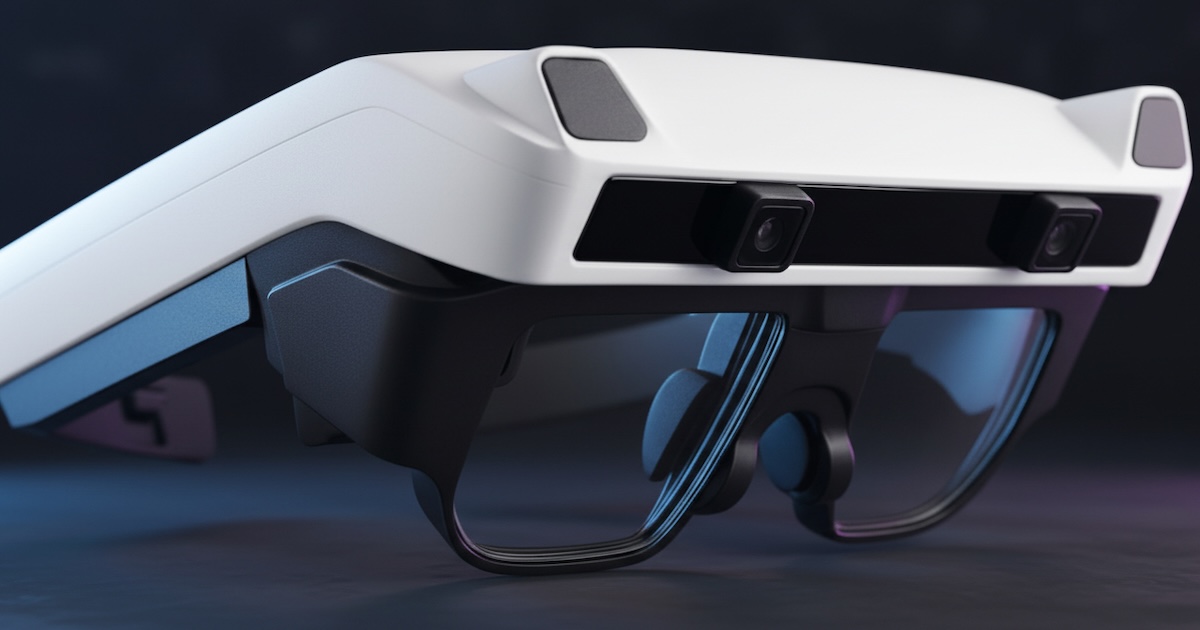Recent studies indicate seven out of every 10 patients undergoing physical therapy don't follow their doctor's orders. They might skip PT sessions at the clinic, or they're too busy to do it at home, or they're not motivated to follow through on their exercises, or perhaps they're doing it wrong.
The PT market is ripe for mHealth innovation, with new apps and services pledging to connect healthcare providers to patients at home to ensure they're doing their exercises and they're doing them right.
Physical therapy is "one of the few areas in healthcare where patients have to be engaged themselves," says Naveen Khan, whose Physical Therapy Pal app and platform have been on the market since May 2013 and are being used by health systems like Cedars-Sinai, Kaiser Permanente and UT-Southwestern.
Khan said she launched her company after going through "three years of PT hell" and seeing the disconnect between providers and their patients. Too often, she said, patients receive their PT regimens on paper from providers, then are expected to go home, do their workouts and report back during the next visit to the PT clinic or doctor's office.
With PT Pal, Khan said, providers can custom-design a PT workout for each patient, enabling the patient to work out at home or at work – whatever fits into the patient's lifestyle. In return, the patient logs back in through a web portal to report on each session, giving the physician feedback and enabling him or her to modify the sessions as needed.
Another person looking to enter the U.S. market is Nathan Skwortsow. The Dutch entrepreneur is currently beta-testing Physitrack, a web-based portal for therapists and patients (it has seen great success in the Netherlands and Australia) with the Osteopathic Centers of America and expects to roll out the portal in August.
Skwortsow's focus is on patient engagement and empowerment. The patient logs onto the portal, checks out what exercises he or she should be doing (including videos of how they should be done), then reports back through the portal to the provider. Physicians, in turn, can log onto their side of the portal, look at progress charts from all their patients, and make changes accordingly.
Skwortsow, who plans on marketing Physitrack to health plans, companies and providers, admits that patient-reported data is the Achilles heel of healthcare. But by providing an easy-to-access portal and encouraging patients to play a part in their recovery, he says, patients will be more inclined to comply with doctor's orders.
Another company taking a slightly different approach is dorsaVi, an Australian developer of wearable medical sensors that measure, record and report muscle activity in the lower back and spine. The company has just received clearance from the U.S. Food and Drug Administration to market is ViMove sensor package in the U.S.
John Kowalczyk, dorsaVi's president of U.S. operations, says ViMove is targeted at physicians and physical therapists who want concrete data about their patients' physical activities, rather than self-reported feedback. The sensors chart movement and muscle activity that can be measured and analyzed by the clinician, who can in turn identify stressful movements or bad postures and recommend proper exercises.
Through this mHealth link, Kowalsczyk says, "the patient becomes an active member in (his or her) treatment. What does good movement look like and what are the actions we kind of want to stay away from?"
DorsaVi has a more ambitious plan for market penetration in the U.S., says Kowalczyk. While ViMove is being targeted to physical therapists and other healthcare providers for clinical uses, the ViPerform platform targets sports teams and coaches (it's being used now by Australian and European soccer clubs, Cricket Australia, the Australian and Victorian Institutes of Sport and some Olympic programs). That solution helps athletes and coaches measure the level of stress during athletic competition, as well as charting recovery from injuries.
A third product not yet available in the United States by but seeing success abroad is ViSafe, an occupational health and safety platform aimed at employers who want to reduce workplace injuries caused by repetitive stress or workplace design changes.
"What we're really doing is providing a biomechanics lab," says Kowalczyk. "Payers and hospitals need objective data to assess how patients are doing on their journey. This gives them that data."
Khan has big plans for Physical Therapy Pal. She's offering her product to teaching universities around the world to help train the next wave of clinicians on mHealth. She's also working with Texas Scottish Rite Hospital for Children on a project that uses PT Pal on scoliosis patients, and is planning a national project with several major providers to use PTP to help people with cystic fibrosis.
"It's very exciting, but it's also very new to people," she says. But at a time where mobility means everything to consumer, this might just be what the doctor ordered.


